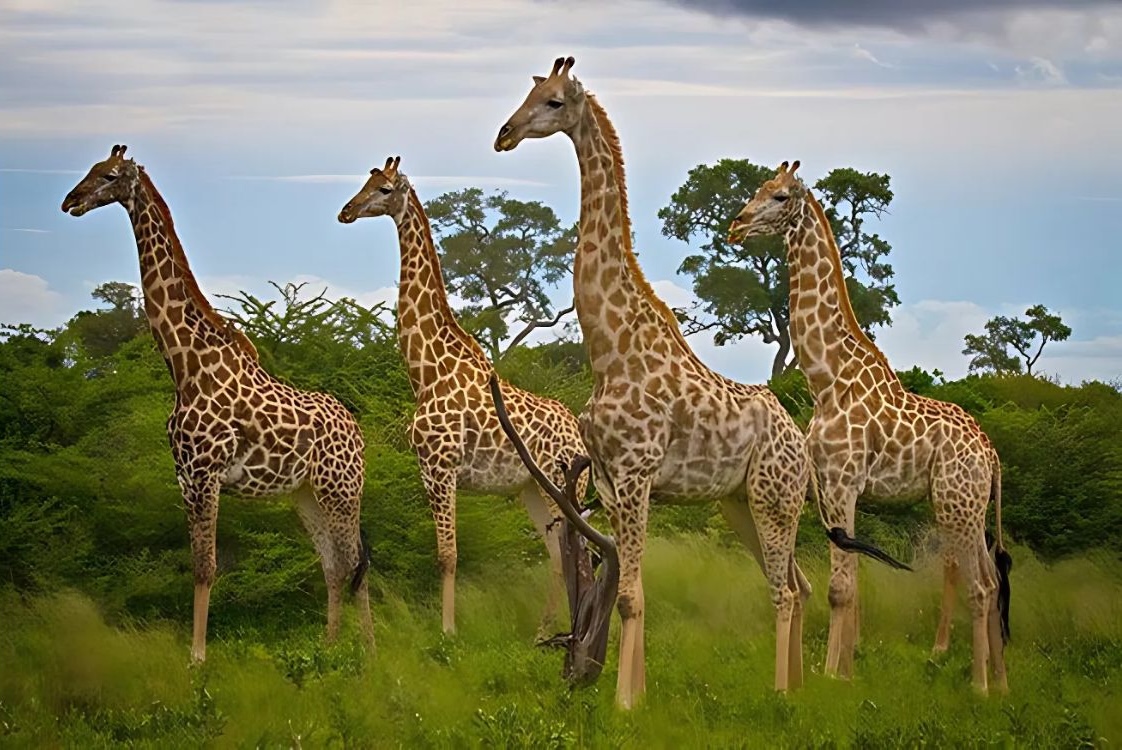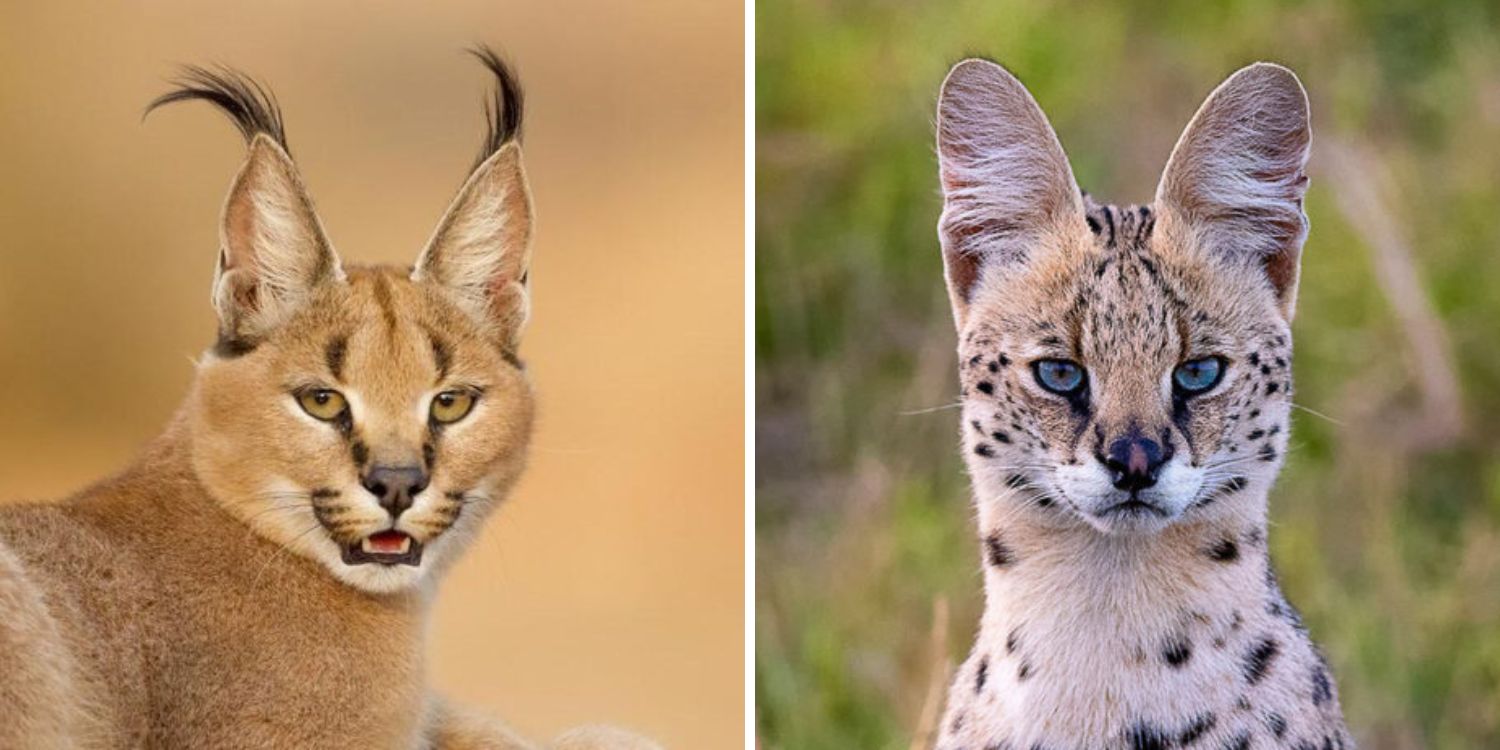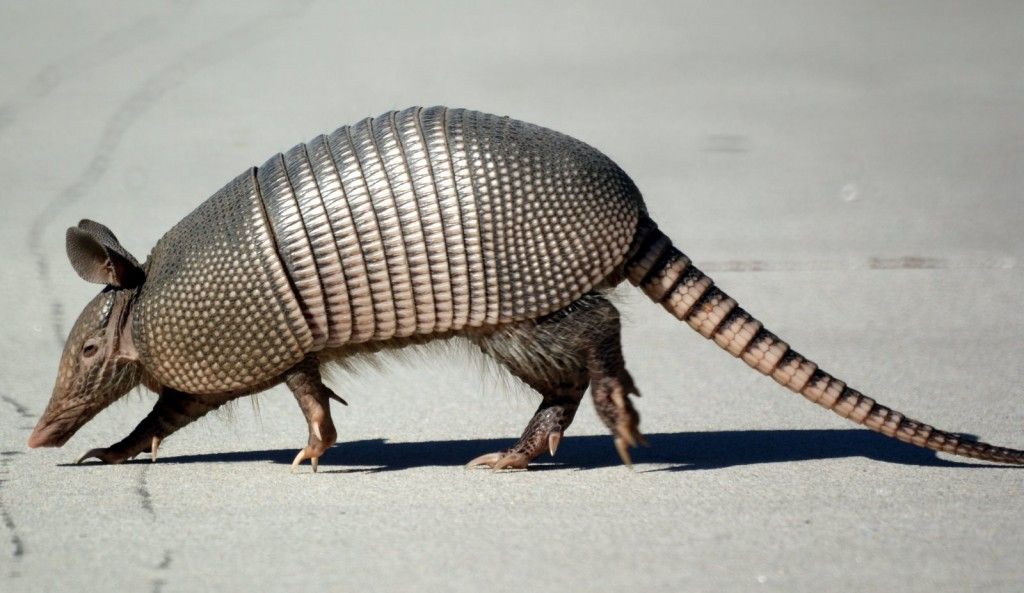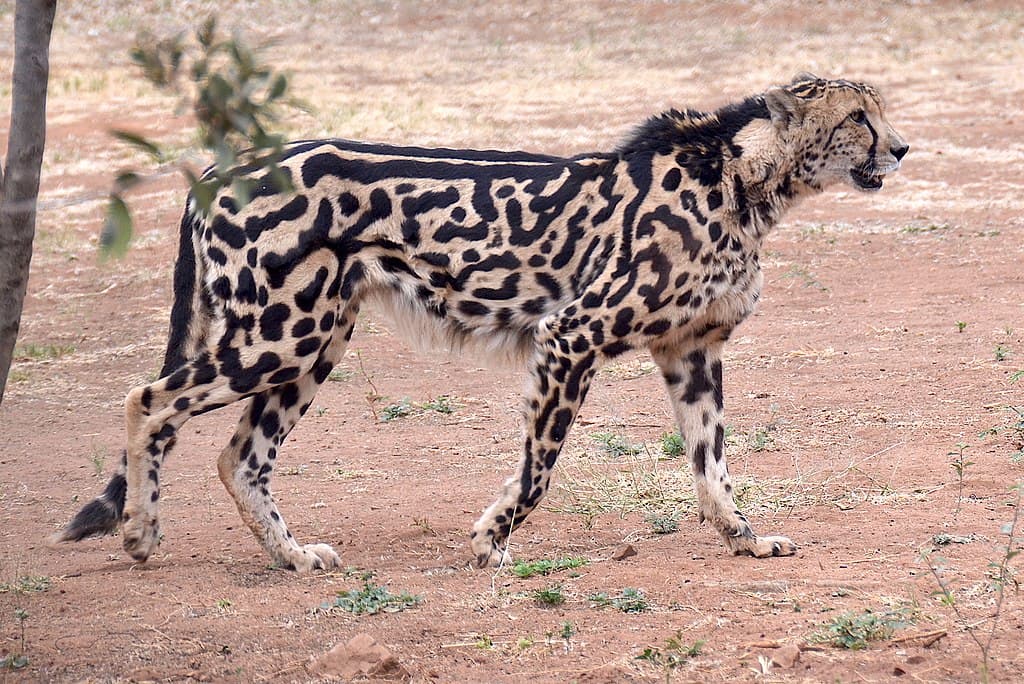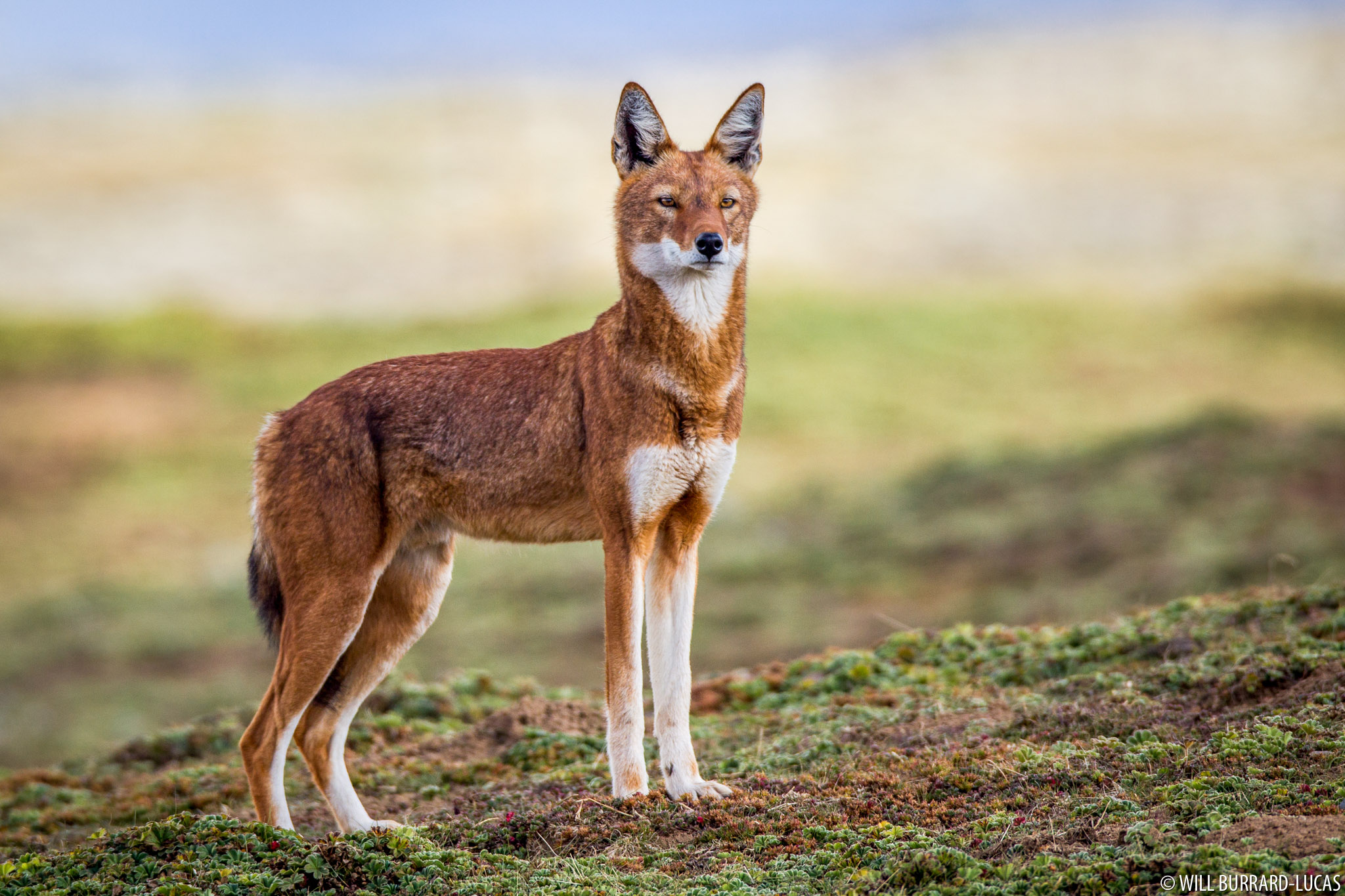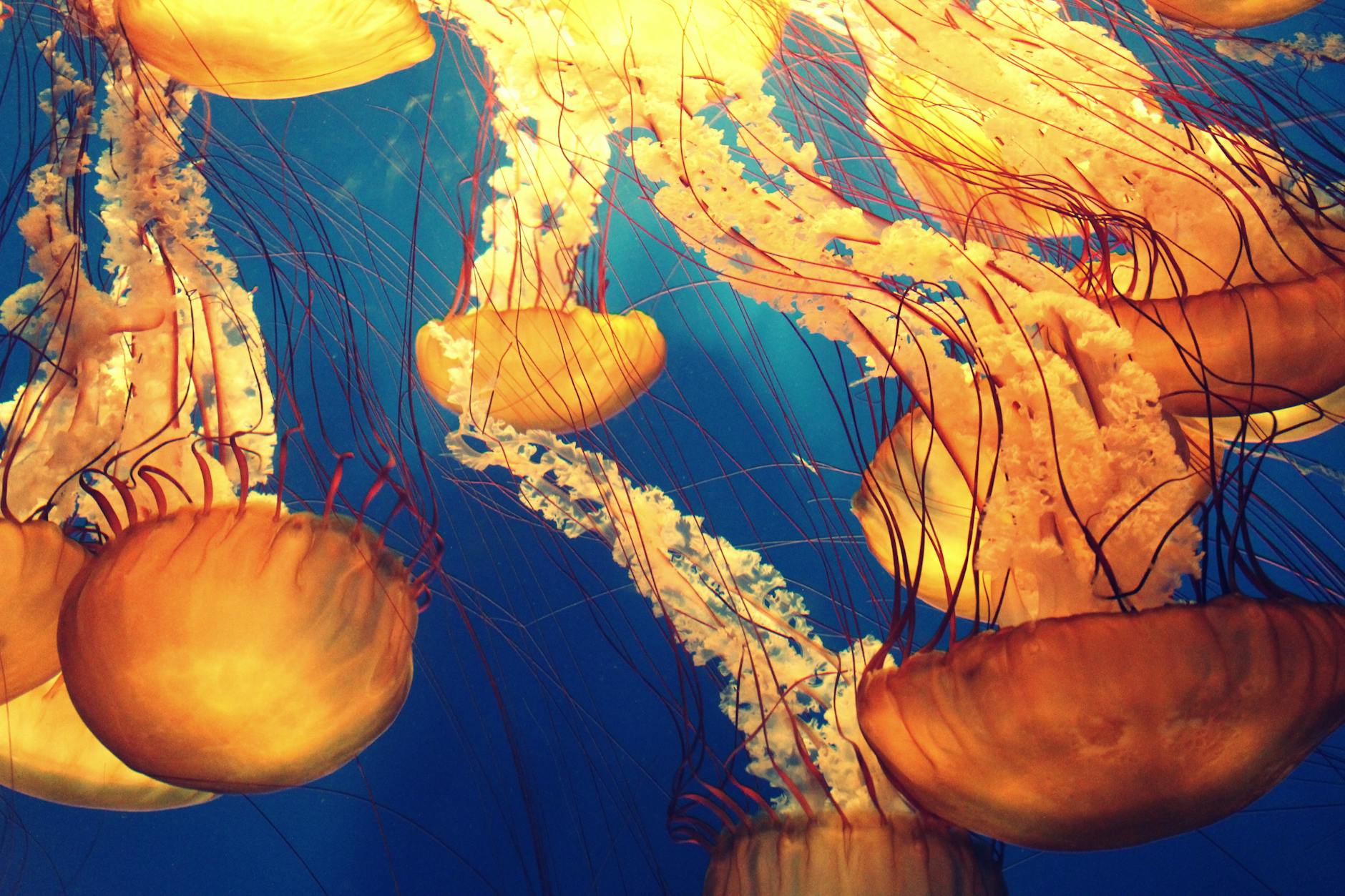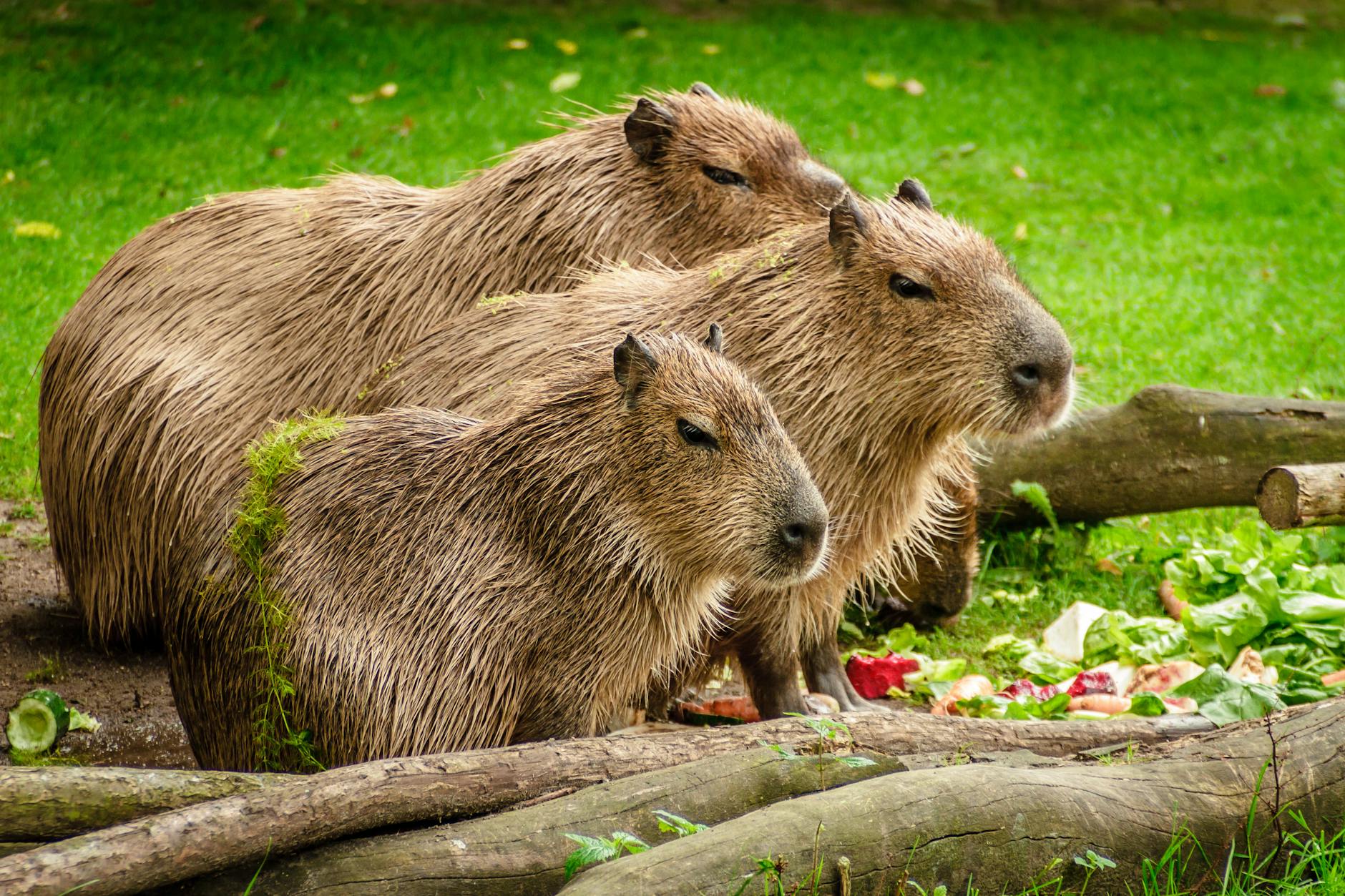
All About the World’s Largest Rodent
General
- What are capybaras? Capybaras (Hydrochoerus hydrochaeris) are the world’s largest rodents, resembling giant guinea pigs. They’re native to South America and live near bodies of water.
- How big are they? Capybaras can grow up to 4 feet long and weigh up to 150 pounds, about the size of a large human!
Habitat and Behavior
- Where do they live? Capybaras are semi-aquatic and prefer areas with lakes, rivers, and swamps.
- Are they good swimmers? You bet! Capybaras have partially webbed feet and can stay underwater for up to 5 minutes. They use water to escape predators and cool off.
- Are they social? Absolutely! Capybaras are highly social creatures and live in groups of up to 100 individuals. They even share their space with other animals like birds and monkeys.
- What do they eat? Capybaras are herbivores and mainly munch on grass, aquatic plants, and fruits.
Interesting Facts
- Capybara communication: These vocal creatures have a unique repertoire of sounds including purrs, barks, whistles, and even teeth-chattering!
- Built-in life preservers: Capybaras have pockets of air in their bodies that help them float.
- Friends with everyone: They’re known for their chill demeanor and often hang out with other animals.
- Big teeth, big appetites: Their incisors grow continuously to keep up with their plant-based diet.
Not-So-Fun Facts (but still important!)
- Capybara predators: Despite their size, young capybaras are vulnerable to predators like jaguars, caimans, and even large birds.
- Not ideal pets: In most places, it’s illegal or impractical to keep capybaras as pets. They have specific needs and require a lot of space.
Want to learn more? Check out our capybara FAQ.
More photos below ↓






